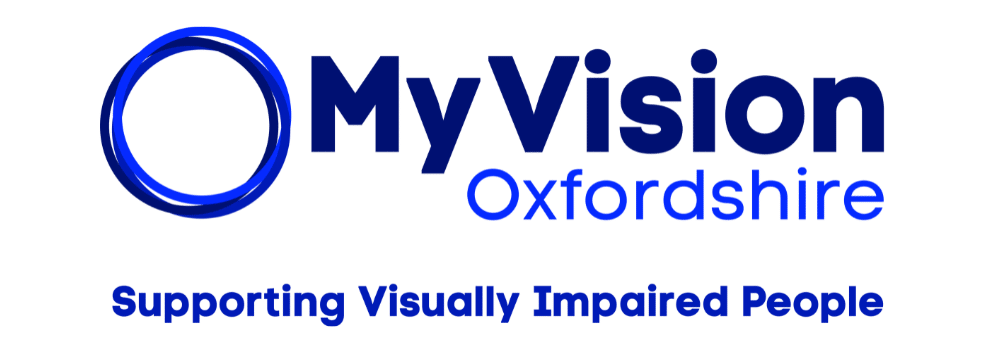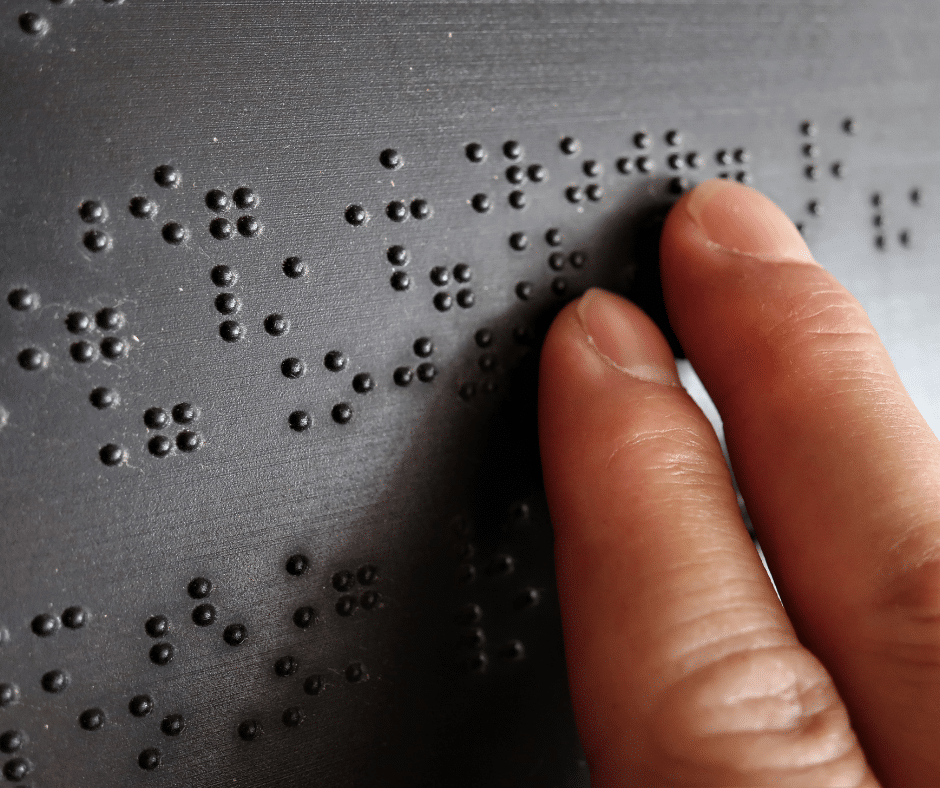January is Braille Literacy Month. Apart from honouring Louis Braille’s legacy (who was born on 4th January), this month aims to educate people about the importance and advantages of Braille literacy.
Braille was invented in the early 1800s and remains virtually unchanged to this day. Braille is a tactile code that is read by touch; the reader uses the pads of the fingers to feel the letters and symbols. It can also be written in a variety of ways; using specialist equipment or specific computer software.
Is Braille still relevant in the modern high-tech world?
This question gets asked very often. Most of us go everywhere with a high-tech phone in our pockets which can do some extraordinary things to help visually impaired people. There are now in-depth VoiceOver functions, countless apps that can do anything from describing photos to describing documents in the camera’s view, and all cameras have very powerful magnification abilities.
Even with more and more assistive technology becoming available, Braille can still be a very useful tool. Much of assistive technology is reliant on sound so people with sight and hearing loss especially could find braille to be very beneficial, and it can also be an alternative way of receiving information in scenarios where listening or using other technology may not be possible.
Learning Braille:
RNIB offers a wide variety of Braille courses for those who are eager to learn it.
UEB offers online training programs and competency exams in braille literacy.
Hadley offers some fantastic introduction to Braille workshops.


